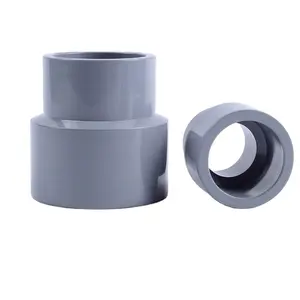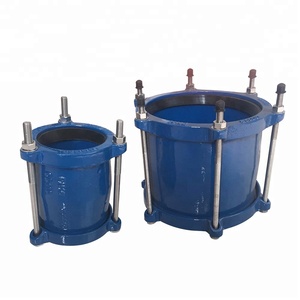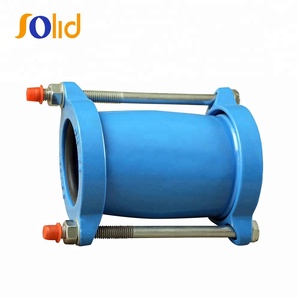Introduction to Joint Coupling
Joint couplings are essential components in various mechanical systems, ensuring the efficient transfer of torque and rotational motion between different shafts. By allowing for misalignment and compensating for variations in length, joint couplings play a crucial role in enhancing the performance and longevity of machinery. Whether in manufacturing processes, automotive applications, or robotics, understanding joint couplings and their applications is vital for engineers and technicians alike.
Types of Joint Couplings
Joint couplings come in various types, each designed for specific applications and operational requirements. The primary types include:
- Rigid Couplings: These couplings do not allow for any misalignment, making them ideal for applications where shafts are perfectly aligned.
- Flexible Couplings: Designed to accommodate misalignment between shafts, these couplings are further divided into sub-types such as:
- Elastomeric Couplings: They use rubber or other elastomers to absorb shock and reduce vibration.
- Servo Couplings: Specialized for high-precision applications, providing minimal backlash.
- Universal Joint Couplings: This type allows for angular misalignment, commonly used in automotive and industrial applications.
- Oldham Couplings: Typically used in applications requiring high torque transmission while allowing axial and angular misalignment.
Applications of Joint Coupling
Joint couplings find extensive applications across multiple industries, including:
- Manufacturing: Used in conveyor systems, robotic arms, and assembly lines for efficient movement and flexibility.
- Automotive: Essential in drivetrains to connect different components and manage alignment issues that occur during operation.
- Aerospace: Joint couplings facilitate the functioning of various mechanical systems, providing reliability and performance in high-stress environments.
- Industrial Machinery: Utilized in pumps, compressors, and other equipment where torque transfer and misalignment compensation are critical.
Advantages of Using Joint Couplings
The integration of joint couplings in mechanical systems offers several advantages, including:
- Enhanced Performance: They improve the overall functioning of machinery by ensuring a reliable connection and efficient power transfer.
- Compensation for Misalignment: Joint couplings allow shafts to remain connected even when they are not perfectly aligned, reducing wear and tear.
- Vibration Absorption: They help in dampening vibrations, leading to less strain on other components and prolonging machinery life.
- Versatility: With a variety of types available, joint couplings can be tailored to meet the specific needs of any application.
- Easy Installation and Maintenance: Many types of joint couplings can be easily installed and require minimal maintenance, ensuring continued operation without excessive downtime.




































































































































































































































